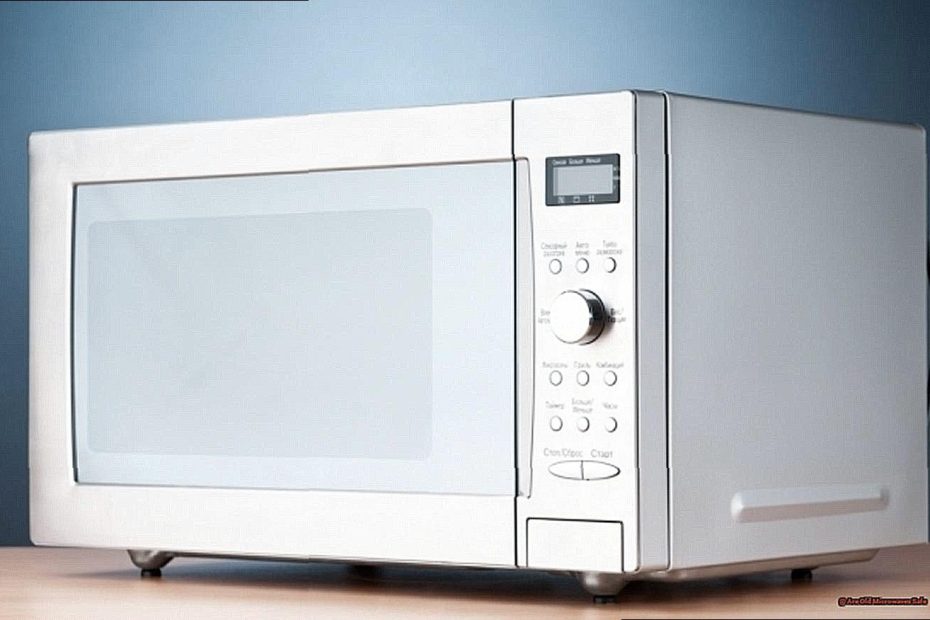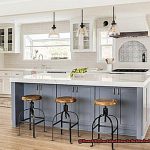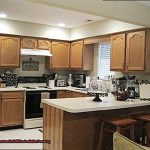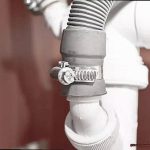For decades, microwaves have been a trusty companion in our kitchens, providing us with quick and easy meals at the push of a button. But what about those old microwaves that have been passed down through the years? Are they still safe to use? It’s a question that may have crossed your mind, but one that often goes unanswered. Well, you can put your worries to rest because in this blog post, we’ll be delving into the safety of old microwaves and revealing the truth behind this common concern. So sit back, relax, and let’s explore together. Here’s what we’ll cover:
- The lifespan of a microwave: how long can you expect yours to last?
- Potential dangers of using an old microwave: what are the risks?
- Signs that your microwave may need to be replaced: how to tell if it’s time for an upgrade
- Tips for maintaining and prolonging the life of your microwave: simple ways to keep it running smoothly
Contents
What are Microwaves and How Do They Work?
Microwaves are a safe and efficient option for heating food, thanks to their advanced technology and design. The FDA closely regulates these appliances, ensuring that they meet safety standards and are properly sealed to prevent radiation leaks.
One of the key factors that make microwaves safe is their use of high frequency electromagnetic waves. These waves are specifically targeted to be easily absorbed by molecules in food, resulting in efficient heating without causing harm or damage.
In addition, microwaves only expose the food to radiation for a short amount of time, unlike other cooking methods that may require longer exposure. This significantly reduces the likelihood of any potential harm or damage to the food.
Unlike stovetops or ovens, microwaves do not have a direct heat source that could cause burns or fires. This makes them a safer option for cooking and heating food.
However, it is important to use microwaves properly and take necessary precautions. This includes avoiding putting metal or plastic in them and not overheating water. When used correctly, microwave ovens are a safe and convenient way to heat food.
The technology behind microwaves, including their design, frequency, and exposure time, make them a safe option for heating food.
Cons of Using Microwave Ovens
The utilization of outdated microwaves can bring about various hazards and dangers that can jeopardize the well-being of one’s household and loved ones. These risks are greatly amplified if the microwave is not properly maintained and cared for.
The use of old microwaves can be a serious health concern, particularly if they emit radiation due to being equipped with outdated technology or faulty components. This could potentially lead to long-term health problems such as cancer or other illnesses related to radiation exposure. Furthermore, older microwaves may lack essential safety features such as a child lock or an automatic shut-off system, which present a significant danger for households with young children.
Moreover, outdated microwaves also pose a potential risk for electrical accidents and fires due to worn-out or damaged parts. This not only puts the household at risk, but also increases the likelihood of property damage.
In addition, utilizing old microwaves can also create food safety concerns. Over time, the materials inside the microwave may deteriorate, releasing harmful toxins into food during the heating process. This can result in contamination and potentially cause foodborne illnesses.
Overall, using obsolete microwaves undermines the safe operation of a household and presents numerous hazards and dangers that can harm both the home and its inhabitants.
3 Healthy Microwave Recipes
There are a plethora of nutritious microwave recipes that are not only effortless to prepare but also safe to consume in older microwaves. Some illustrations include steamed vegetables, oatmeal, and quinoa and vegetable bowls.
These recipes are packed with essential vitamins and minerals and can be quickly made in just a matter of minutes. Moreover, they are completely safe to make in older microwaves as long as proper maintenance and usage guidelines are followed. Here are some more details on these recipes:
Steamed Vegetables:
- Cut your preferred vegetables into bite-sized pieces and place them in a microwave-friendly dish with a small amount of water.
- Cover the dish with plastic wrap or a microwave-safe lid.
- Cook for 3-5 minutes on high power.
- This method preserves the nutrients in the vegetables and serves as an excellent side dish for any meal.
Oatmeal:
- Combine 1/2 cup of oats with 1 cup of water in a microwave-friendly bowl.
- Cook for 2-3 minutes on high power.
- You can add toppings such as fruits, nuts, or honey to enhance the flavor.
- Oats are a great source of fiber and can be conveniently prepared in just a few minutes in the microwave.
Quinoa and Vegetable Bowl:
- Combine 1 cup of quinoa with 2 cups of water in a microwave-friendly dish.
- Cook for 10-12 minutes on high power, stirring halfway through.
- While the quinoa is cooking, dice your favorite vegetables such as bell peppers, onions, and tomatoes.
- Once finished cooking, mix in the vegetables and top with your choice of protein such as grilled chicken or tofu.
Aside from these examples, there is an abundance of other healthy options that can be created in an old microwave. Just make sure to follow instructions closely and utilize microwave-safe dishes.
Conclusion
Ultimately, while old microwaves may have served us well for many years, it’s important to consider their safety.
The lifespan of a microwave can vary greatly, but it’s essential to stay vigilant for any potential hazards or signs that it may need to be replaced. By regularly maintaining and following recommended guidelines, you can extend the life of your microwave and ensure its safe operation.
Therefore, upgrading to newer models with advanced safety features is highly recommended.





